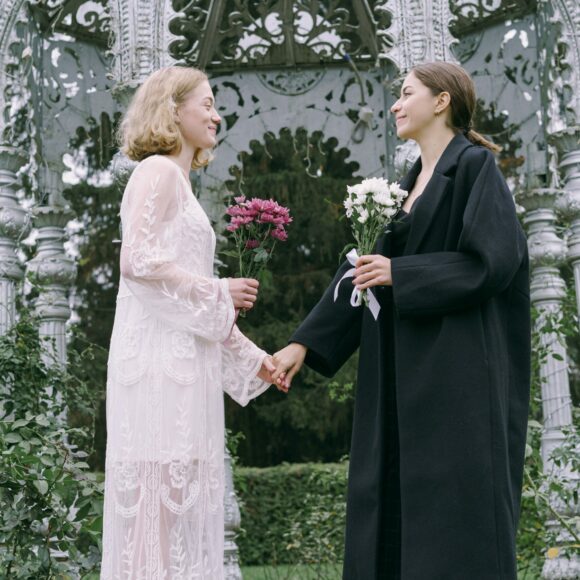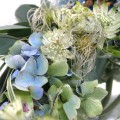- Expressing Gratitude for Forgiveness the Victorian Way - May 12, 2023
- The Evolution of Wedding Flowers - May 12, 2023
- The Power of Flower Arranging - May 12, 2023
Greetings, my dear reader! Today, we will delve into the lovely world of wedding flowers and their evolution over time. Wedding flowers are an essential part of any marriage ceremony. They are not only stunning decorations to frame the bride and groom but they can also carry a deep symbolic meaning, representing love, purity, and fertility. Let us explore how wedding flowers have evolved over the years, reflecting changes in fashion, cultural traditions, and personal preferences.
Flowers have played a significant role in wedding ceremonies since ancient times. In the Middle Ages, brides carried herbs and spices to ward off evil spirits and mask unpleasant odors. It wasn’t until the Victorian era that the use of flowers in weddings became popularized. During this time, flowers were chosen based on their meanings and the message they conveyed. For example, orange blossoms represented purity, lilies symbolized innocence, and roses represented love and beauty.
As time passed, wedding flower trends evolved. In the 1920s, brides carried elaborate cascading bouquets made of exotic flowers, such as orchids and lilies. In the 1950s, pastel-colored flowers, such as carnations and roses, were popular. The 1970s saw a shift towards more natural and rustic styles, with wildflowers and greenery becoming popular choices. In the 1990s, elegant and simple floral arrangements were favored, with roses and lilies being the flowers of choice.
Today, wedding flowers have become more personalized and reflective of the couple’s unique style and personality. Couples are no longer limited to traditional flowers and colors. Many are opting for unconventional floral arrangements and incorporating non-floral elements such as succulents, feathers, and even fruit into their arrangements. Additionally, many couples are choosing to include flowers that hold personal significance to them, such as their favorite flowers or flowers from their childhood home.
Cultural traditions also play a significant role in wedding flower selection. For example, in Indian weddings, marigolds are considered auspicious and are often used in wedding decor and floral arrangements. In Chinese weddings, red is a popular color for wedding flowers as it is considered lucky and symbolizes prosperity. In Jewish weddings, white flowers, such as lilies and roses, are often used to symbolize purity and innocence.
As you can see, wedding flowers have a rich history and have evolved significantly over time, reflecting changes in fashion, cultural traditions, and personal preferences. Today, wedding flowers are more personalized and unique, reflecting the couple’s individuality and style. Whether traditional or unconventional, flowers continue to be an essential part of any wedding ceremony, conveying a message of love, beauty, and joy.




